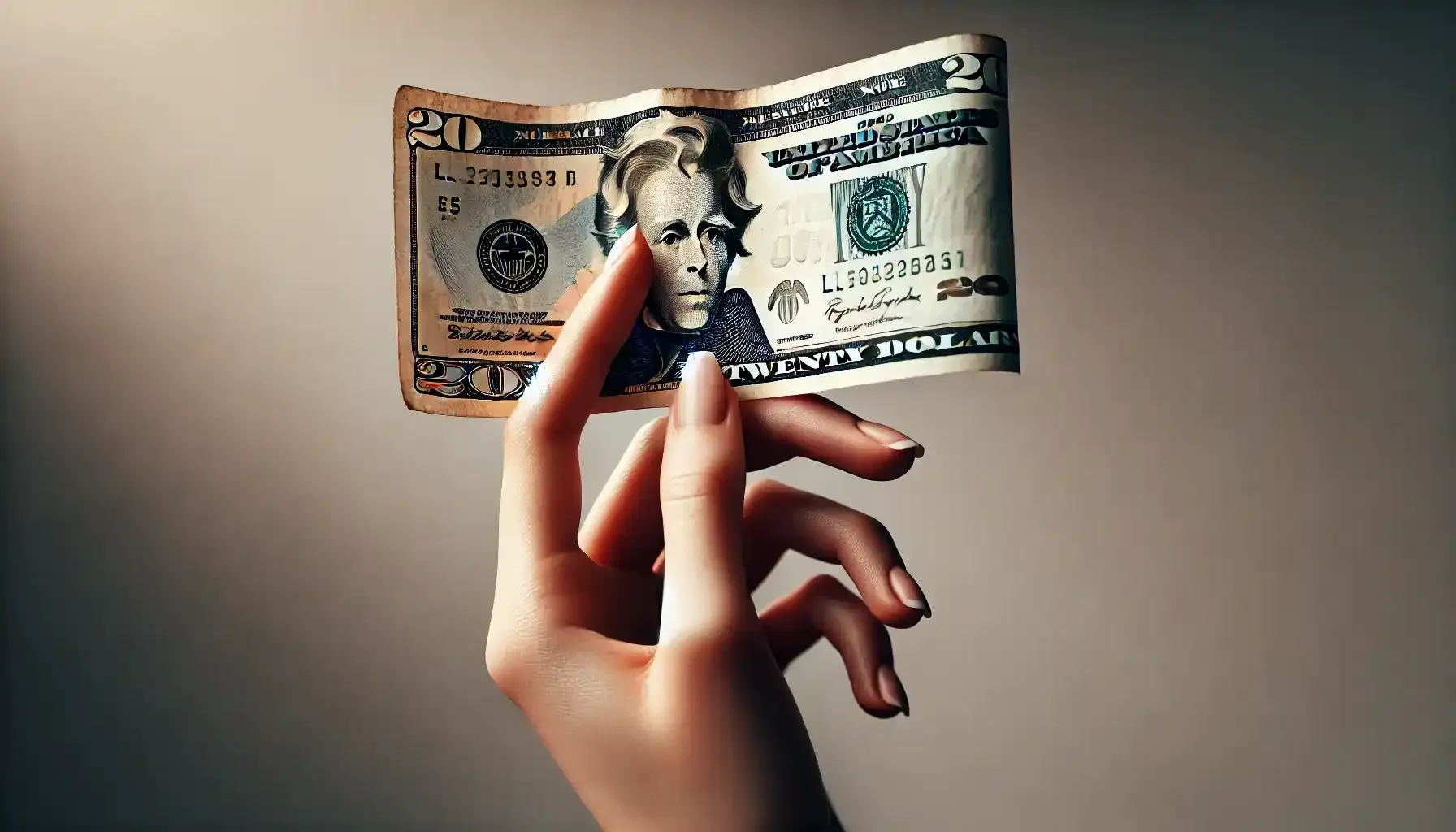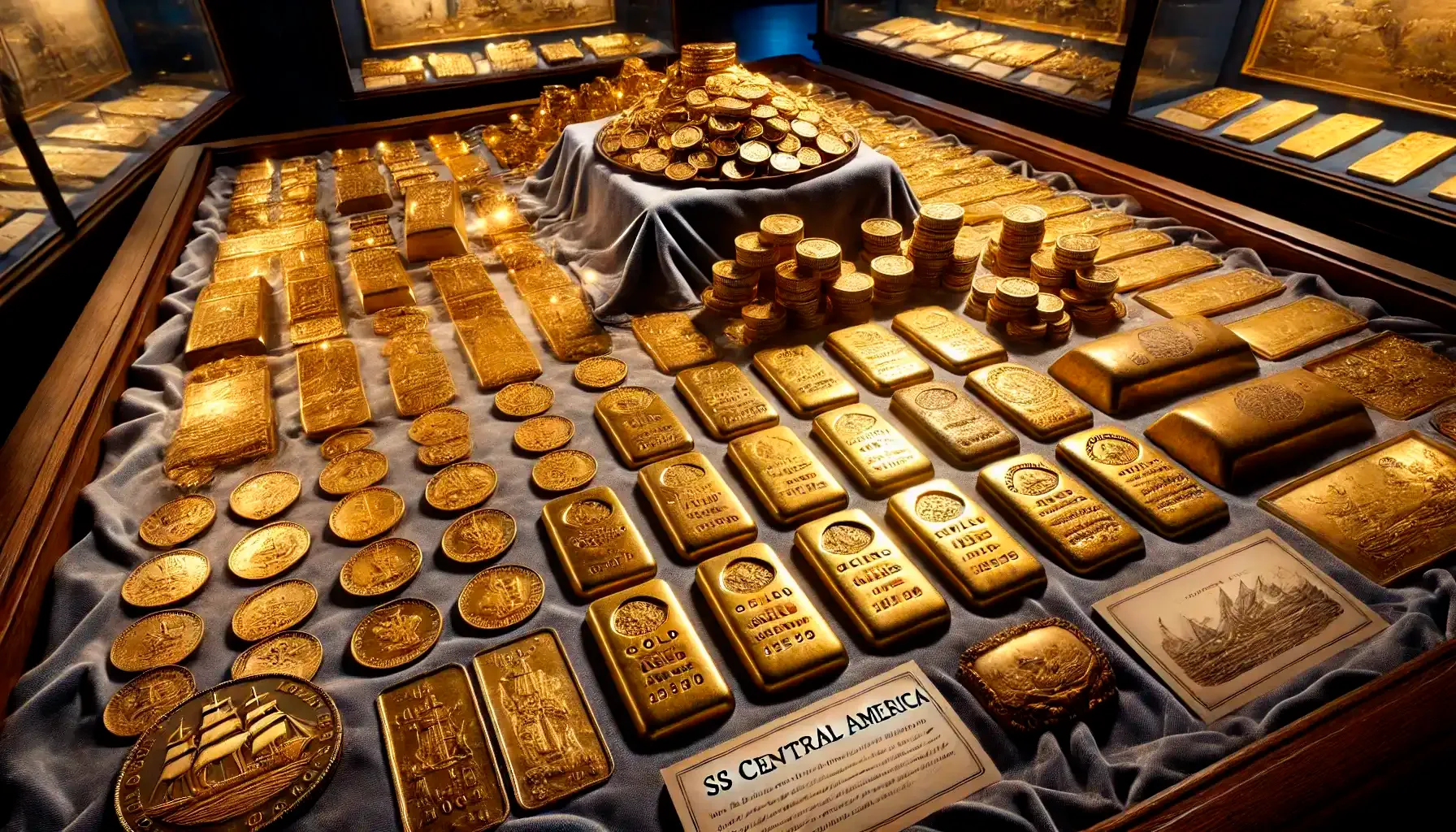Contents:
Philadelphia is the city where the first mint was built in 1792, and the Philadelphia mint mark is the oldest and largest one in the country. It plays a key role in the production of coins for circulation and collecting, as well as in the creation of state medals and other official awards. The Mint Philadelphia was the first federal establishment built in the United States under the Constitution.
Today, you can find these coins at different shows, including the Greater Atlanta Coin Show, at auctions, and in private collections as well.

Founding the Philadelphia Mint
After the War for Independence, the young nation faced the important task of creating and producing its own currency. In 1792, George Washington signed a law creating the first national mint in the United States. Why is the mint in Philadelphia? - you may ask. It was Philadelphia, being the capital of the country at that time, that laid the foundation of American monetary circulation.
The US Mint Philadelphia was originally located in a small, modest building in downtown Philadelphia, but its importance to the young nation was immense. The mint expanded rapidly and continued to upgrade throughout the nineteenth and twentieth centuries.
In 1969, it moved to a new building where it remains today.
Mint Museum Philadelphia Address (produces coins as well):
Location: 151 N. Independence Mall East, Philadelphia, PA 19106
Tours: Free, self-guided tours available
Operating Hours: Monday through Friday, 9:00 AM to 4:30 PM (except federal holidays)
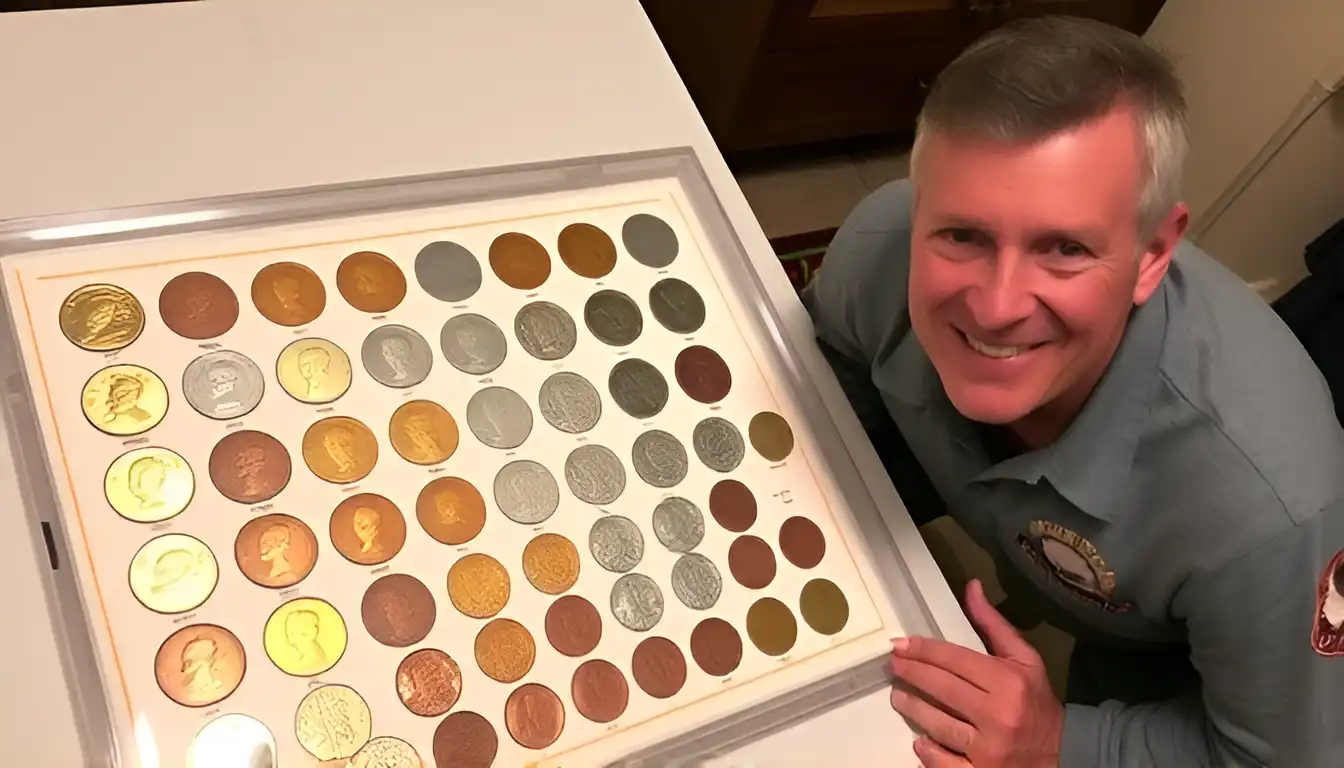
Mint Tasks and Challenges of the First Years
In addition to minting pieces for domestic circulation, from the early days the mint also provided for international interests, producing coins that were used in trade with Europe and Asia.
The main specimens issued by the Philadelphia Mint in the early years:
Year of Issue | Name | Metal | Domestic Circulation | International Use |
1793 | Liberty Cap Half Cent | Copper | Used for small transactions within the U.S. | Rarely used in international trade due to low cost |
1794 | Flowing Hair Dollar | Silver | Used for large domestic transactions | It was widely used in trade with Europe and Asia due to its high silver content |
1795 | Draped Bust Half Dollar | Silver | Used for medium to large internal transactions | Used in international trade, especially in Europe |
1795 | Gold Eagle ($10) | Gold | Used for large transactions within the U.S. | Widely used in large international transactions due to the high value of gold |
1795 | Gold Half Eagle ($5) | Gold | Used for medium-sized large domestic transactions | Used for medium-sized international transactions |
1796 | Gold Quarter Eagle ($2.50) | Gold | Used for smaller but significant transactions | Used for smaller international transactions |
Related article: The Most Expensive Coins Ever Sold.
Growth and Development
To date, the United States Mint Philadelphia has the following key functions:
Minting for circulation: Most of the coins we use on a daily basis are made here. They are of different denominations (Philadelphia Mint penny pieces, nickels, dimes, Philadelphia Mint quarters and dollars).
Production of collector pieces and special series: The Philadelphia Mint produces special runs of collector coins (those with unusual designs in very limited quantities). However, it should be noted that the West Point and San Francisco Mints are still considered the main places where collector pieces are produced.
Production of medals: Presidential medals and awards for various government agencies are created here.
Design and engraving of stamps: The Philadelphia Mint is the main center for coin and medal design.

Mint Today
It produces billions of Philadelphia Mint coins each year for both the domestic market, as well as for international demands as earlier.
Creating a coin nowadays is a long and complex process involving several stages:
Design development: Artists develop unique designs for the obverse and reverse sides.
Production of stamps: Based on the design, a metal die is created and cut to apply the design to the coin.
Minting: The blanks are placed in a machine (minting press) that applies the image under great pressure.
Quality control: Finished pieces are inspected to ensure they meet quality standards and for defects such as image errors or rough edges.
An interesting fact is that coins issued in Philadelphia often do not have the mintmark on them (until 1979). However, starting in 1980, the mintmark P became a regular feature on circulating ones.
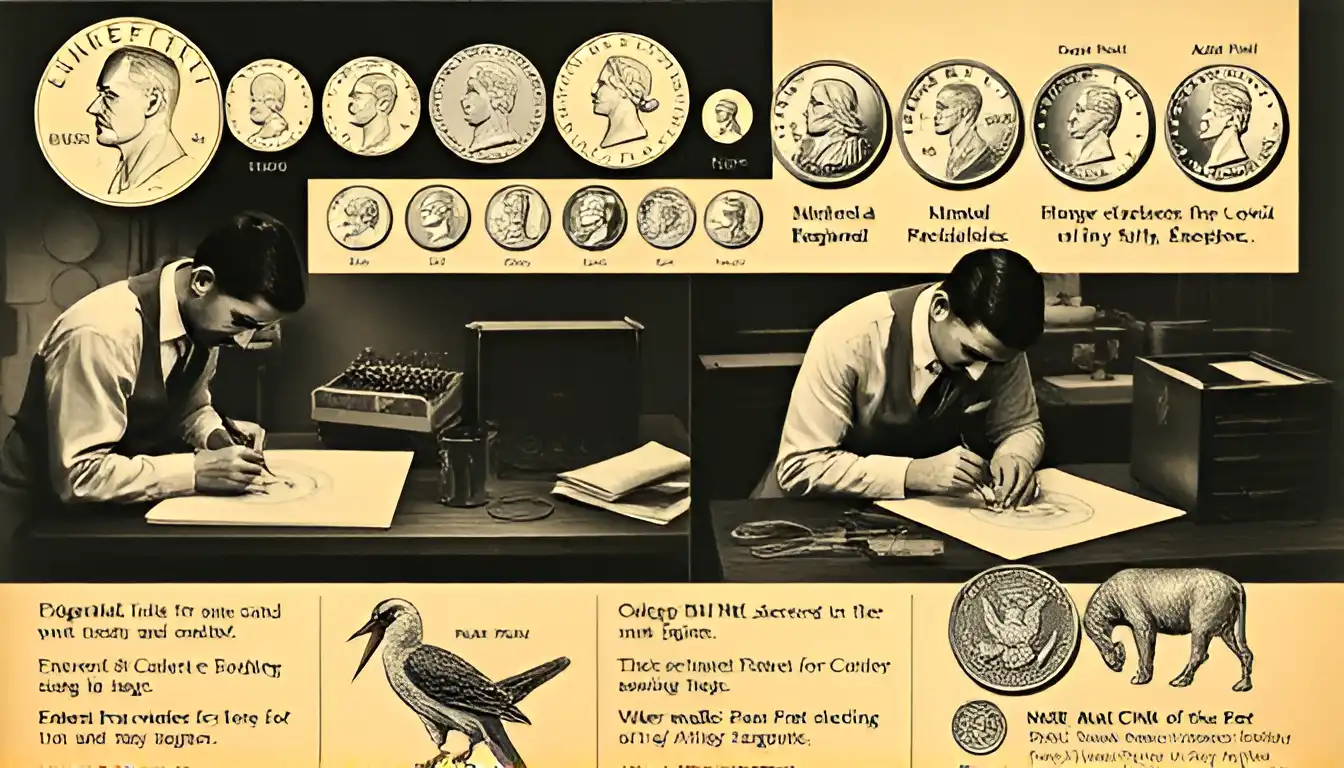
Philadelphia Mint Coin Values
These specimens span a lot of denominations, designs, and historical periods, each carrying its own value influenced by different factors, e.g., rarity, condition and demand among collectors. Here is an overview of some Philadelphia-minted specimens and their approximate values:
Flying Eagle Cent (1857–1858):
1857 Flying Eagle Cent: In Good-4 condition, valued around $30.
1858 Flying Eagle Cent (Large Letters): Also approximately $30 in Good-4.
1858 Flying Eagle Cent (Small Letters): Similar valuation as the large letters variety.
1856 Flying Eagle Cent: Valued at about $6,500 in Good-4 condition.
Isabella Quarter (1893):
1893 Isabella Quarter: In Almost Uncirculated (AU-50) condition, valued around $325.
1893 Isabella Quarter: In Mint State (MS-66), can reach up to $3,750.
Standing Liberty Quarter (1916–1930):
1916 Standing Liberty Quarter: Extremely rare, with prices starting at $3,250 in Good-4 condition.
1921 Standing Liberty Quarter: Valued in the hundreds of dollars even in lower grades.
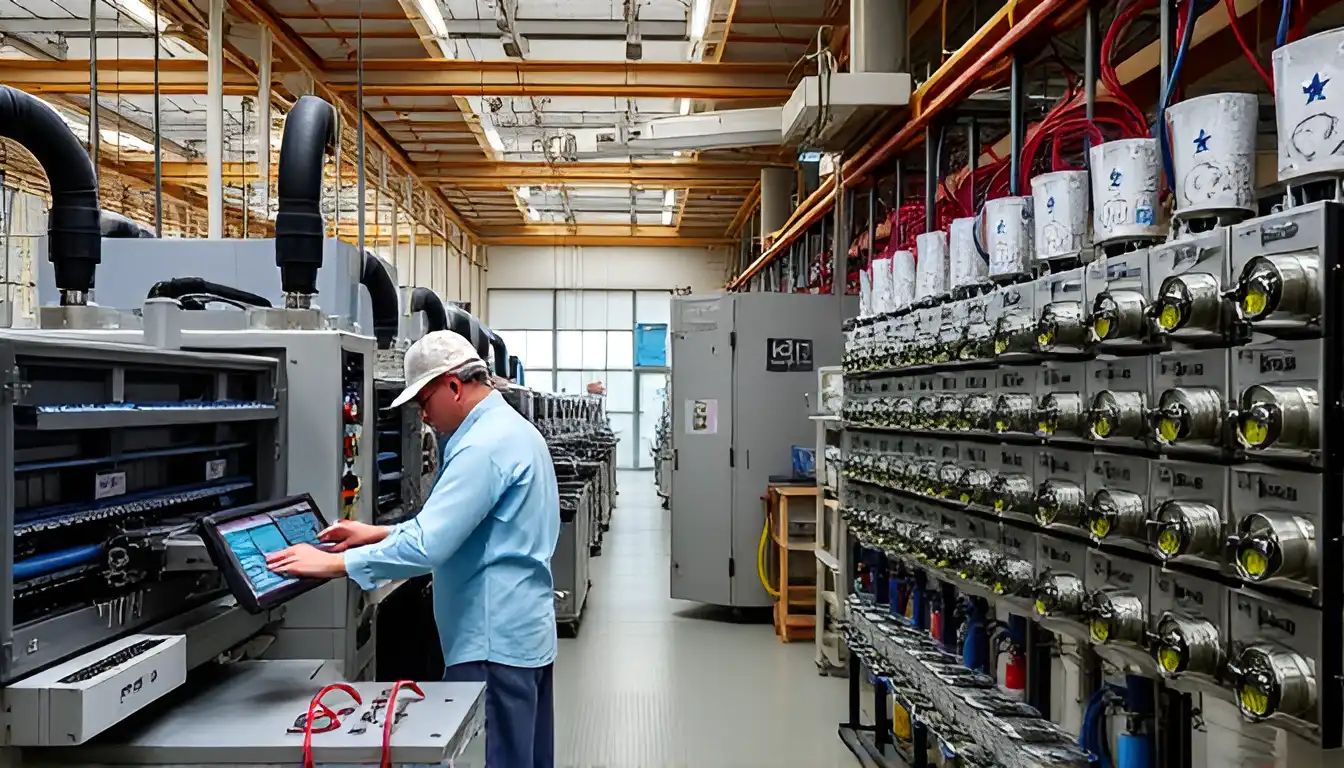
McKinley Birthplace Memorial Gold Dollar (1916–1917):
1916 McKinley Gold Dollar: In AU-50 condition, valued around $500.
1916 McKinley Gold Dollar: In MS-66, can reach up to $1,850.
1917 McKinley Gold Dollar: Valued at approximately $550 in AU-50 and up to $3,250 in MS-66.
Three-Dollar Piece (1879–1889):
1879 Three-Dollar Piece: Valued around $825 in Very Fine (VF-20) condition.
1854 Three-Dollar Piece: The most affordable in the series, starting at $825 in VF-20.
Rare Lincoln Pennies:
1943 Bronze Lincoln Penny: Struck on a bronze planchet by mistake; can be worth up to $240,000 in AU50 condition.
1999 Mule Lincoln Penny: Featuring a dime reverse; examples have sold for over $138,000.
Apollo 11 50th Anniversary Commemorative Coins (2019):
Apollo 11 Silver Dollar (Philadelphia Mint): Struck in .999 silver; sold for $224.95 each during release.
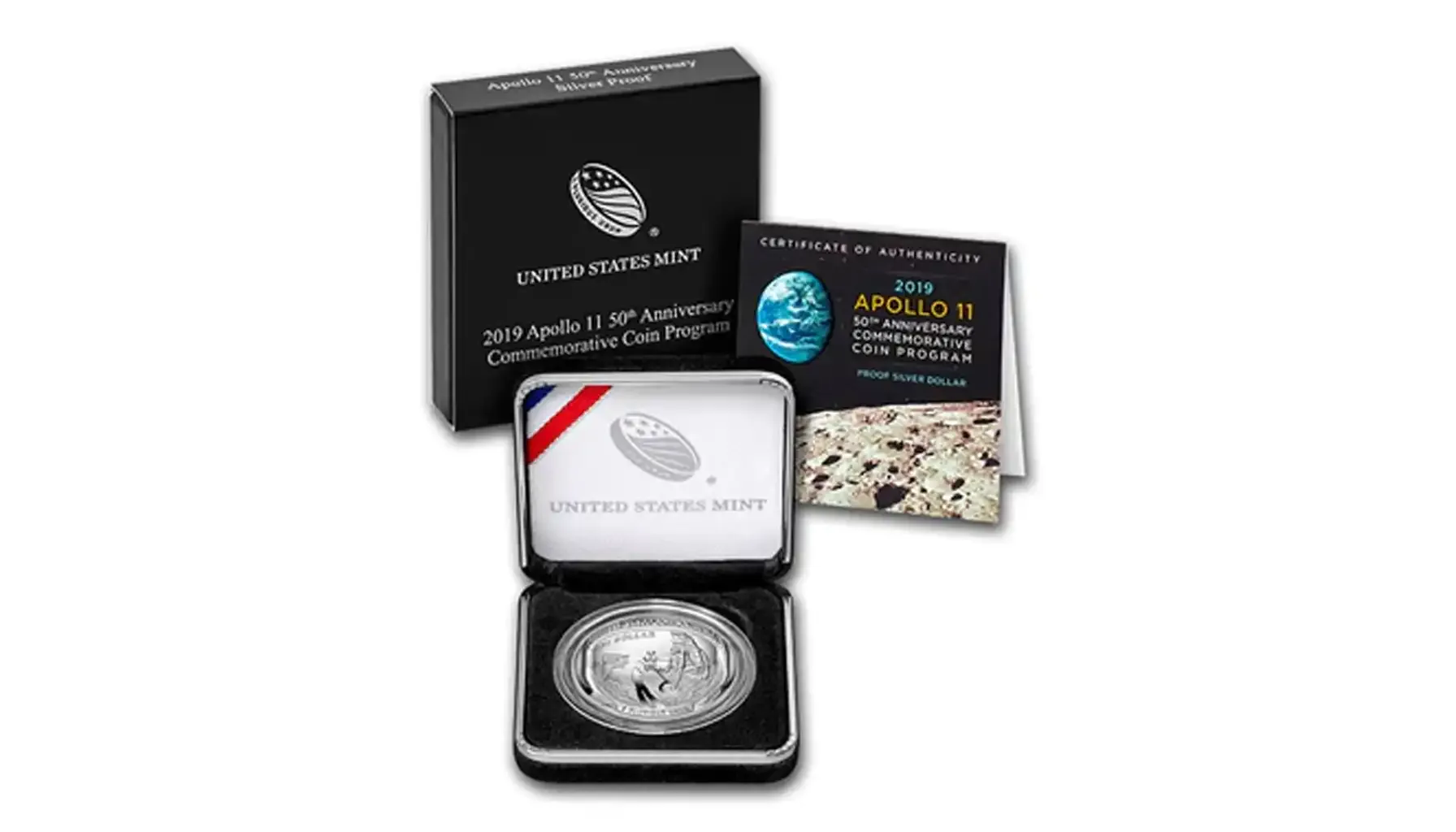
Note: For precise valuations, it is advisable to consult a professional appraiser.
And now, in the digital age, we have the opportunities and tools to examine and evaluate in detail the minting parameters and skills of these and other ones with the best app to check coin value called Coin ID Scanner. The app will be especially useful for people who want to verify the authenticity of their finds and to deepen their knowledge of coins issued by the Philadelphia Mint. Collect consciously, understand their true value and keep a living link to the past.


